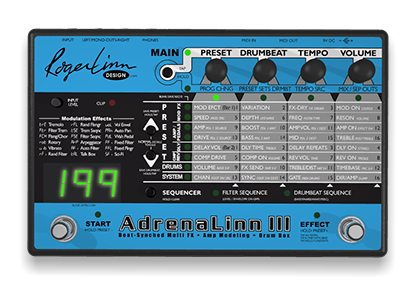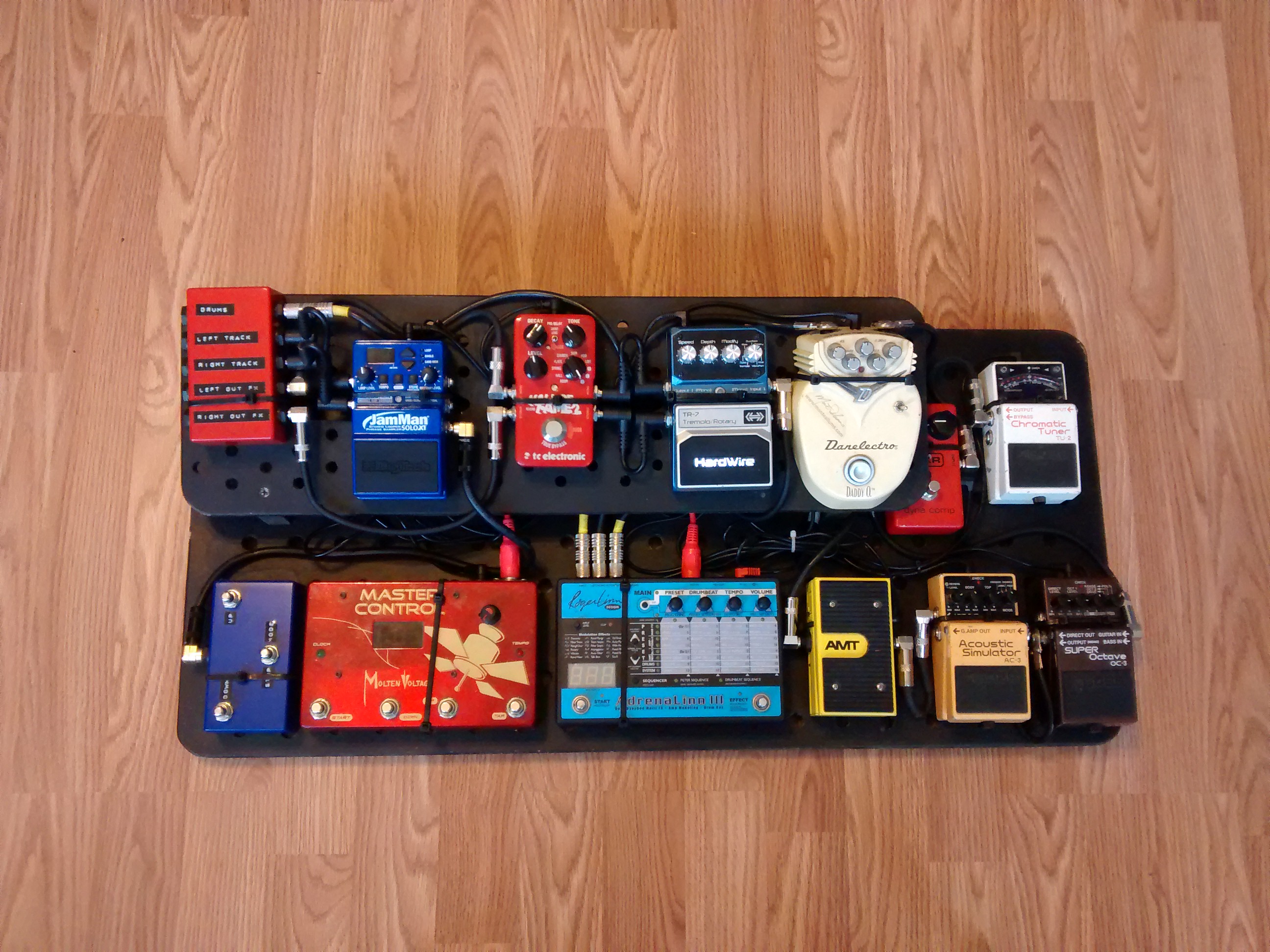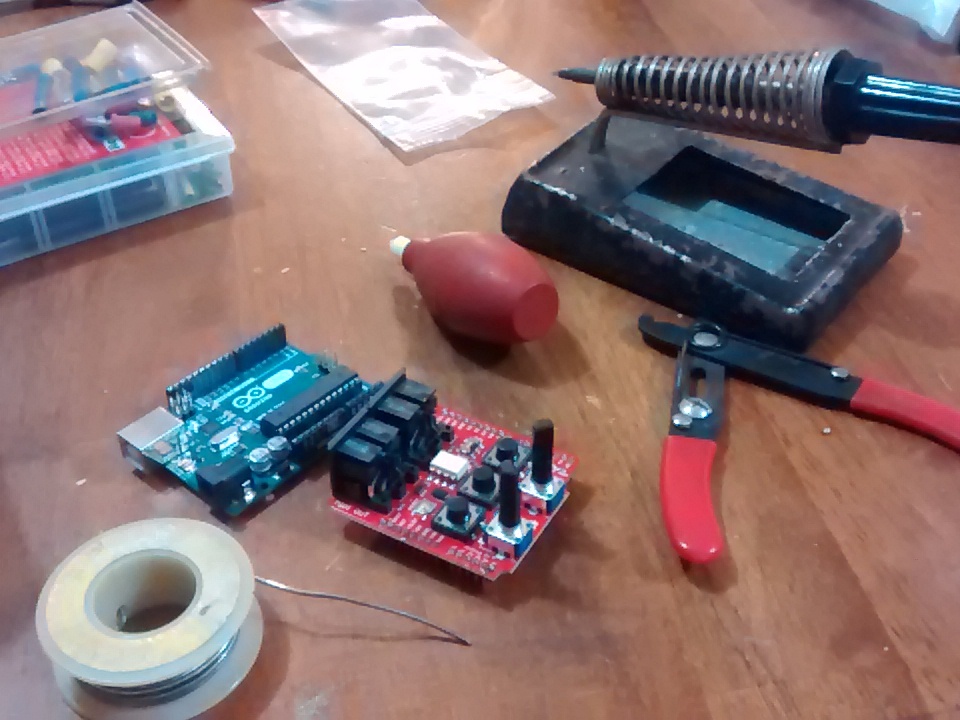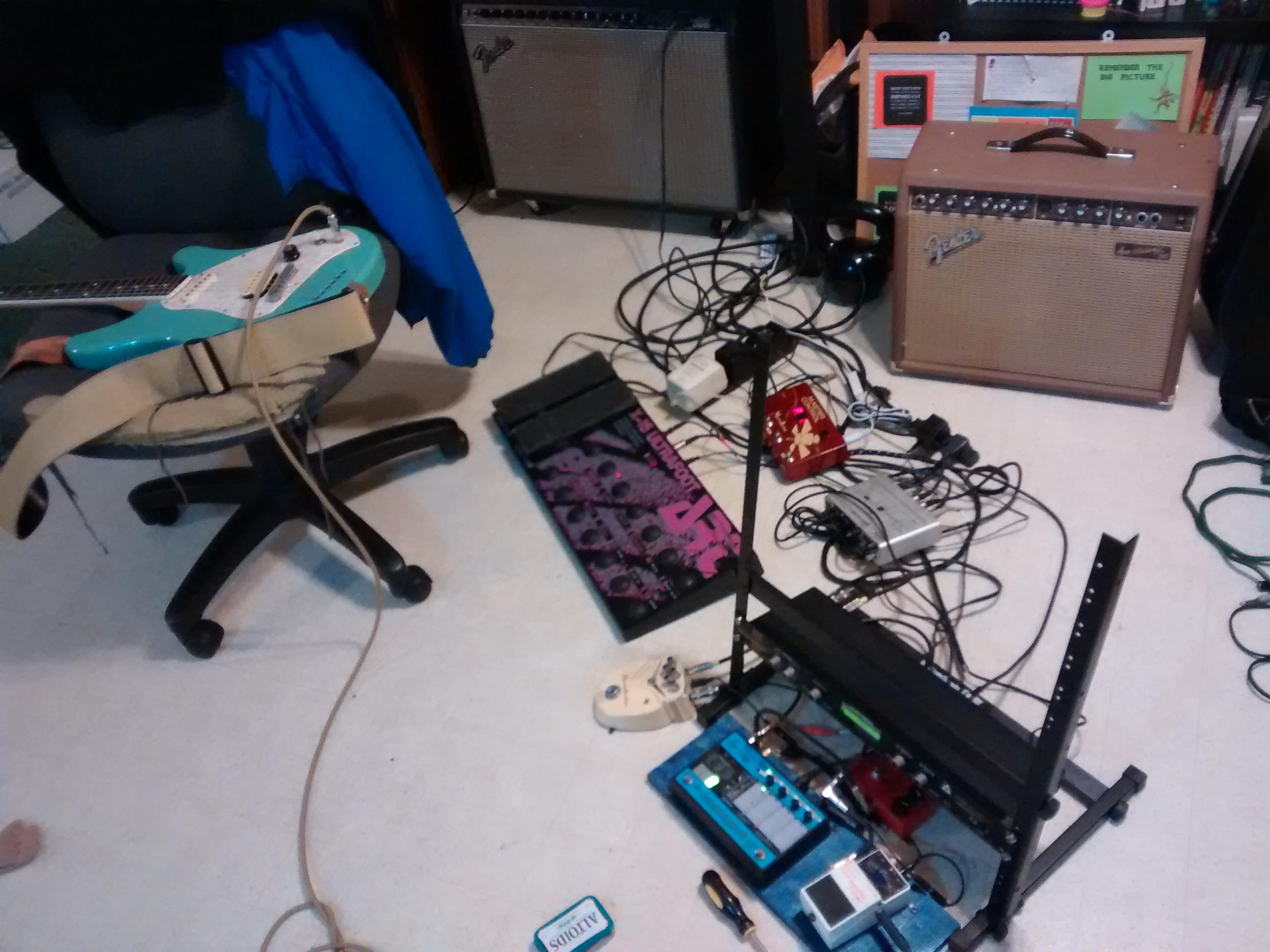This is a continuation of the Adrenalinn III pedal review, you can see the previous installment here. This time, we’re going to look at the pedal’s effects, i.e. delay, reverb, compression, and modulation. The reverb and delay are pretty basic, so we’ll spend most of our time looking at the spectacular modulation effects. If you’re a fan of John Mayer, you’ve probably heard this pedal’s modulation- it’s the pedal he uses on the songs Bigger Than My Body, Heartbreak Warfare, and I Don’t Trust Myself.
The way the pedal routes the signal internally can be changed to a certain extent: you can change the order of Amp, Mod, and Compressor in the chain. Delay and Reverb always come last (partly because you can also route the drum machine through delay/reverb). The compressor can be used pre-amp as a sort of clean boost, or after as a limiter.
Continue reading “Adrenalinn III Review: Part 2”










